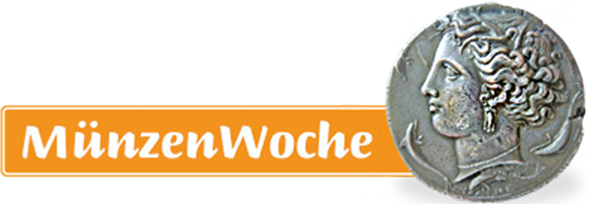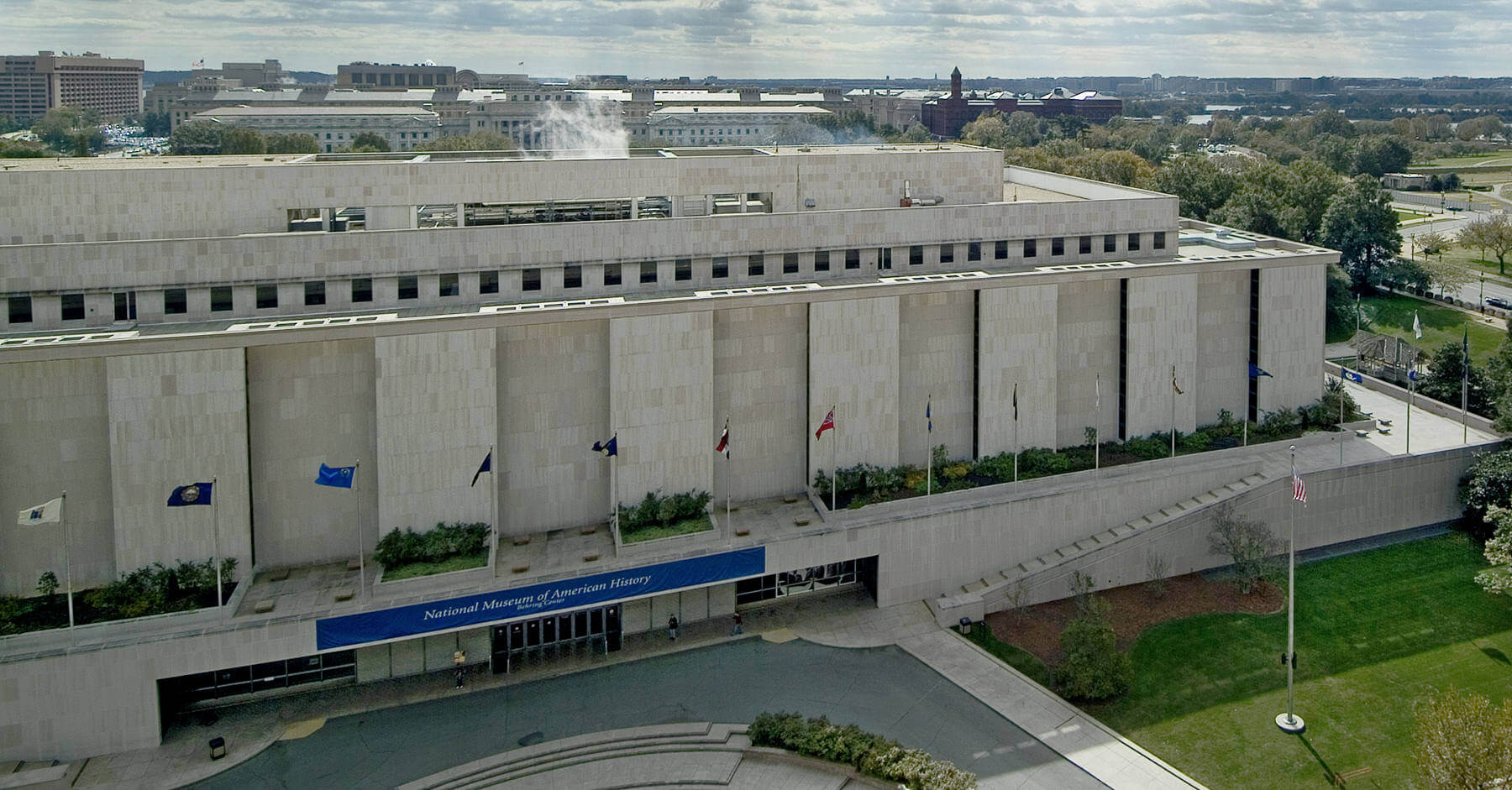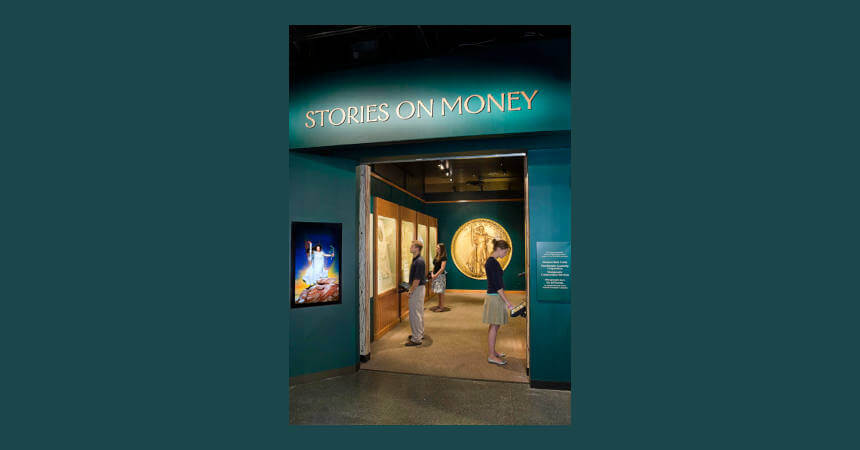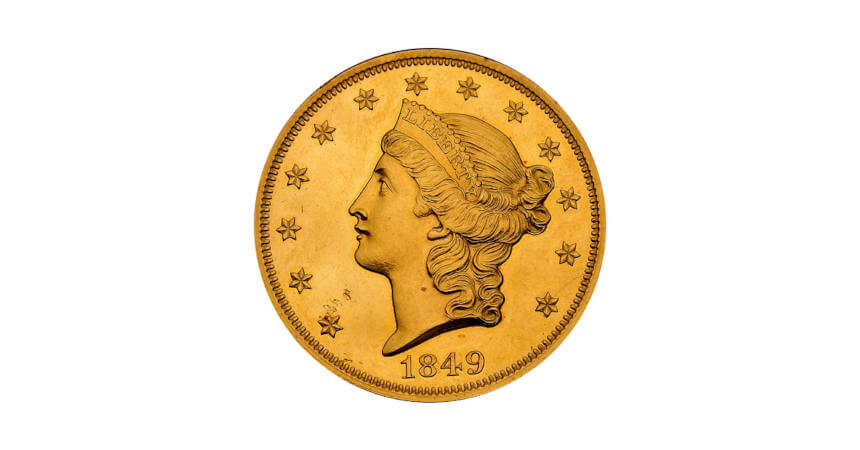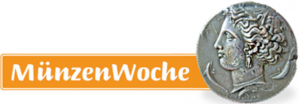The National Numismatic Collection, Smithsonian Institution
Wenn es kein Logo gibt, wird diese Spalte einfach leer gelassen. Das Bild oben bitte löschen.
(Dieser Text wird nicht dargestellt.)
National Museum of American History
Kenneth E. Behring Center, National Mall
14th Street and Constitution Avenue
N.W., Washington, DC 20560
Tel: +1 (202) 633-1000
Housed in the National Museum of American History of the famed Smithsonian Institution, “Stories on Money” draws from a tiny fraction of the National Numismatic Collection’s more than 1.5 million objects that preserve the role of America’s money in economic history.
Entering the gallery, the introductory display explains that money preserves the stories of American history and reflects the birth of nations. Shown is a stater coin from Lydia (652-615 BC) and a 1652 Pine Tree Shilling from the Massachusetts Bay Colony, which is perhaps America’s most famous colonial coin.
1607-1765: Making Do in Colonial America
The first settlers in the colonies found little precious metal in which to mint coins. Initially wampum shells, tobacco, and “ten penny” nails like those on display were used as barter. The lack of sufficient gold or silver for coins led to the creation of the first paper money by a government outside China. There is a 1690/1 Massachusetts 20-shillings note—the first paper money in the Western hemisphere.
1776-1861: Money for a New Nation
Following the Revolutionary War, the U.S. Mint, and other entities began to issue their own forms of paper money, many with unusual denominations. There are examples of Revolutionary War currency such as a 1776 United States dollar banknote. Also shown are 1779 U.S. $65- and 1779 South Carolina $90-notes.
1825-1875: Gold!
Gold was first discovered in the Carolinas and Georgia prior to 1800 and provided the first gold coins such as the North Carolina1834 Christopher Betchler $5-specimen. After gold was discovered in California in 1848, many private gold coin coins were issued, like the $20 1853 Moffat & Co. Also on exhibit are several coins of this era issued by the U.S. Mint.
1861-Present: Rebuilding America’s Money
This section illustrates the major change in America’s money-the Greenback, the first national paper money since the Revolutionary War. Besides paper money, coins were also redesigned. On display is a virtual 20th-century type set from one cent to $20, including the 1909S VDB penny.
A Penny for Your Thoughts?
Examples of the penny, or cent, are shown, which have been minted since 1793. It is no longer as it once was, and it now costs more than a cent to make one. Here, visitors can cast their vote about the future of the most produced coin in the world.
America’s Legendary Coins
It would be impossible to display even a modest portion of the National Numismatic Collection in this gallery. Nevertheless, on one display are 18 of America’s legendary coins that are favorites of the Museum staff. Among those shown are: three classes of the 1804 dollar, the 1787 gold Brasher doubloon, one of five known 1913 Liberty nickel specimens, and a $20 1933 St. Gaudens gold piece, of which fewer than 20 pieces were not melted down.
Power of Liberty
The gallery’s final section, called „The Power of Liberty,“ presents coins from the United States and the world depicting Liberty, the feminine personification of freedom, also featuring real and mythological women. George Washington, rejecting the tradition of displaying images of men or women who held power, chose Lady Liberty on the 1793 large cent so that Americans could be inspired by the power of liberty, not the power of a president.
This text was written by Howard M. Berlin and first published in his book Numismatourist in 2014.
You can order his numismatic guidebook at Amazon.
Howard M. Berlin has his own website.





